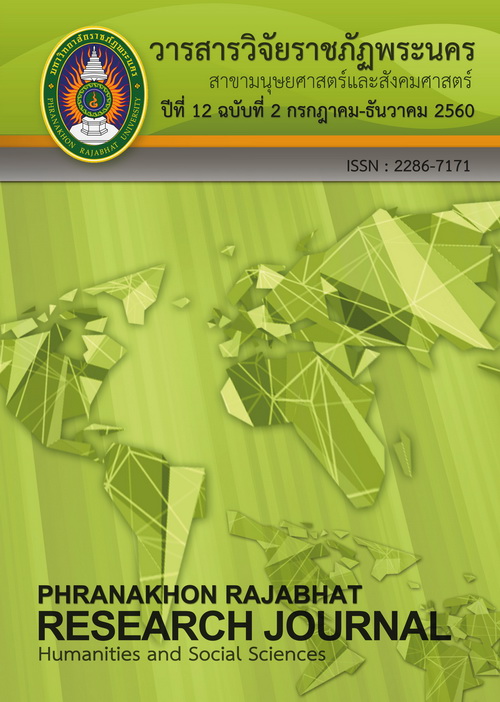TEACHING SCIENCE SUBJECTS IN ENGLISH: A CASE STUDY OF HIGH-SCHOOL TEACHERS’ PERCEPTION AND PRACTICE
Main Article Content
Abstract
The study explored what high-school teachers perceive towards using English as medium of instruction (EMI) in teaching science subjects as well as to find out how EMI is implemented. Following case study research, semi-structured interviews were conducted at a gifted upper-secondary school in the Mekong Delta with two science teachers having participated in the training programs for teaching Mathematics in English. The interview questions mainly probed the teachers’ perceived impact of the EMI approach, their teaching
strategies, and their evaluation of the EMI program. The results showed that the participants’ positive attitudes towards EMI, their efforts in making alterations to the new approach and their recommendations for a clear pathway in policy implementation might serve as foundations for further decision-making.
Article Details
Each publish articles were copyright by Phranakorn Rajabhat University
Any contents which appeared in each articles in the journal were authors personal opinion. It did not relate to Phranakorn Rajabhat University and other instructors in the university. Each authors would take responsibility on their articles. If there are any mistake, the authors will take responsibility themselves
References
private primary schools. International Journal of Applied Linguistics and English Literature, 5(1), 18-32.
Alhamami, M. (2015). Teaching science subjects in Arabic: Arab university scientists’ perspectives. Language
Learning in Higher Education, 5(1), 105-123.
Belhiah, H. & Elhami, M. (2015). English as a medium of instruction in the Gulf: when students and teachers speak.
Language Policy, 14(1), 3-23.
Braun, V. & Clarke, V. (2006). Using thematic analysis in psychology. Qualitative research in psychology, 3(2), 77-101.
Channa, M. A. (2012). Teachers’ perceptions towards English language as medium of instruction in Pakistan
Interdisciplinary. Journal of Contemporary Research In Business, 4(5), 759.
Dearden, J. (2014). English as a medium of instruction–a growing global phenomenon. Retrieved from
http://www.britishcouncil.org/ education/ihe/knowledge-centre/english-language-higher-education/
report-english-medium-instruction(accessed 2/2/2016).
Gay, L. R., Mills, G. E. & Airasian, P. W. (2011). Educational research: competencies for analysis and applications: Pearson Higher Ed.
Hu, G., Li, L. & Lei, J. (2014). English-medium instruction at a Chinese University: Rhetoric and reality. Language Policy,
13(1), 21-40.
Hudson, P. (2009). Learning to teach science using English as the medium of instruction. EURASIA, 5(2), 165-170.
Jensen, C. & Thøgersen, J. (2011). Danish university lecturers’ attitudes towards English as the medium of instruction.
Ibérica, 22(22), 13-33.
Kim, K.-R. (2011). Korean professor and student perceptions of the efficacy of English-medium instruction. Linguistic
Research, 28(3), 711-741.
Karakas, A. (2016). Turkish lecturers’ views on the place of mother tongue in the teaching of content courses through
English medium. Asian Englishes, 18(3), 242-257.
Lehtonen, T. & Lönnfors, P. (2001). Teaching through English: a blessing or a damnation. Paper presented at
the Conference papers in the new millennium.
Madhavan, D. & McDonald, J. (2014). Webinar: English as medium of instruction (EMI): philosophies and
policies: OECD, Paris. Retrieved from http://www.oecd.org/edu/imhe/Foodf orthoughtEnglishasaMediumofInstruc
tionWebinar. pdf.
Doiz, A., Lasagabaster, D. & Sierra, J. (2011). Internationalisation, multilingualism and English-medium instruction.
World Englishes, 30(3), 345-359.
Marsh, D. (2006). English as medium of instruction in the new global linguistic order: global characteristics, local
consequences. Finland: UNICOM.
MOET. (2008). Decision No. 1400/QD-TTg “Teaching and learning foreign languages in the national education
system, period 2008 to 2020”. Retrieved from http://vanban. chinhphu.vn/portal/page/portal/
c h i n h p h u / h e t h o n g v a n b a n ? class_id=1&_page=2&mode= detail&document_id=78437
MOET. (2010). Decision No. 959/QDTTg “Developing the gifted uppersecondary school system, period 2010
to 2020”. Retrieved from http://vanban. chinhphu.vn/portal/page/portal/ chinhphu/hethongvanban?class_
id=1&mode=det ail&document_id=95359
Senapati, P., Patnaik, N. & Dash, M. (2012). Personality differences among English medium and Odia medium
school children. Social Science International, 28(1), 177.
Sultan, S., Borland, H. & Eckersley, B. (2012). English as medium of instruction (EMI) in Indonesia public junior
secondary school: students’ language use, attitudes/motivation and foreign language outcomes. Paper presented
at the ACTA International TESOL Conference, Cairn Australia, Victoria University.
Tan, M. & Lan, O. S. (2011). Teaching mathematics and science in English in Malaysian classrooms: the impact
of teacher beliefs on classroom practices and student learning. Journal of English for Academic Purposes, 10(1), 5-18.
Tatzl, D. (2011). English-medium masters’ programmes at an Austrian university of applied sciences: attitudes,
experiences and challenges. Journal of English for Academic Purposes, 10(4), 252-270.
Uys, M., Van der Walt, J., Van den Berg, R. & Botha, S. (2007). English medium of instruction: a situation analysis.
South African Journal of Education, 27(1), 69-82.
Williams, D. G. (2015). A systematic review of English medium instruction (EMI) and implications for the South Korean
higher education context.
Yip, D.Y., Tsang, W.K. & Cheung, S.P. (2003). Evaluation of the effects of medium of instruction on the science
learning of Hong Kong secondary students: performance on the science achievement test. Bilingual Research
Journal, 27(2), 295-331.


